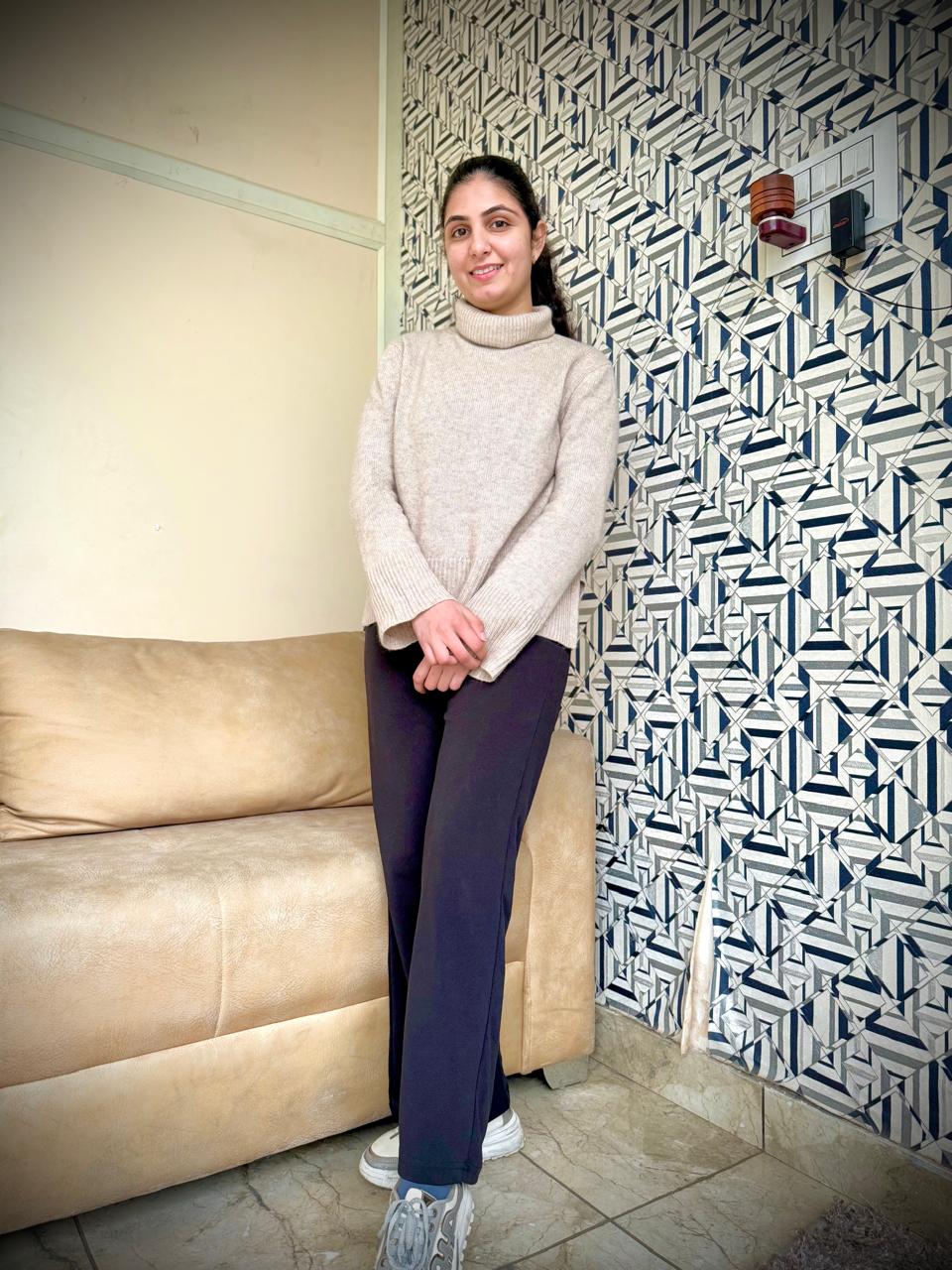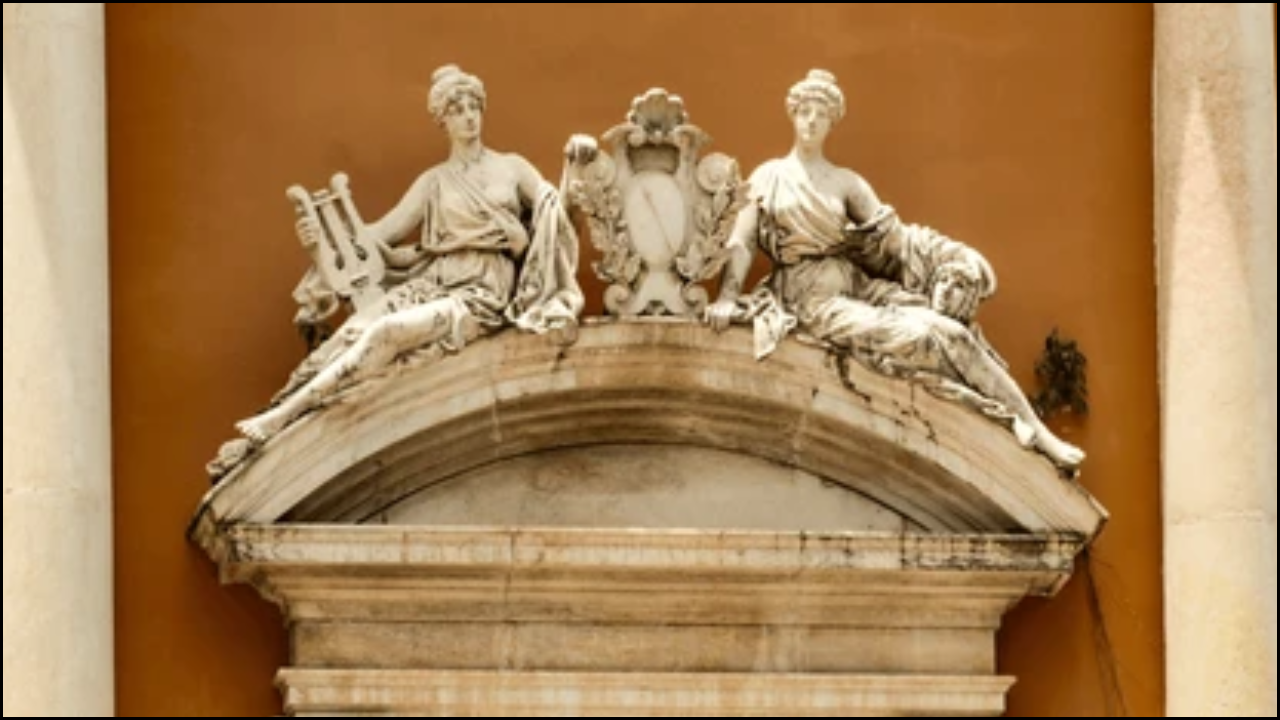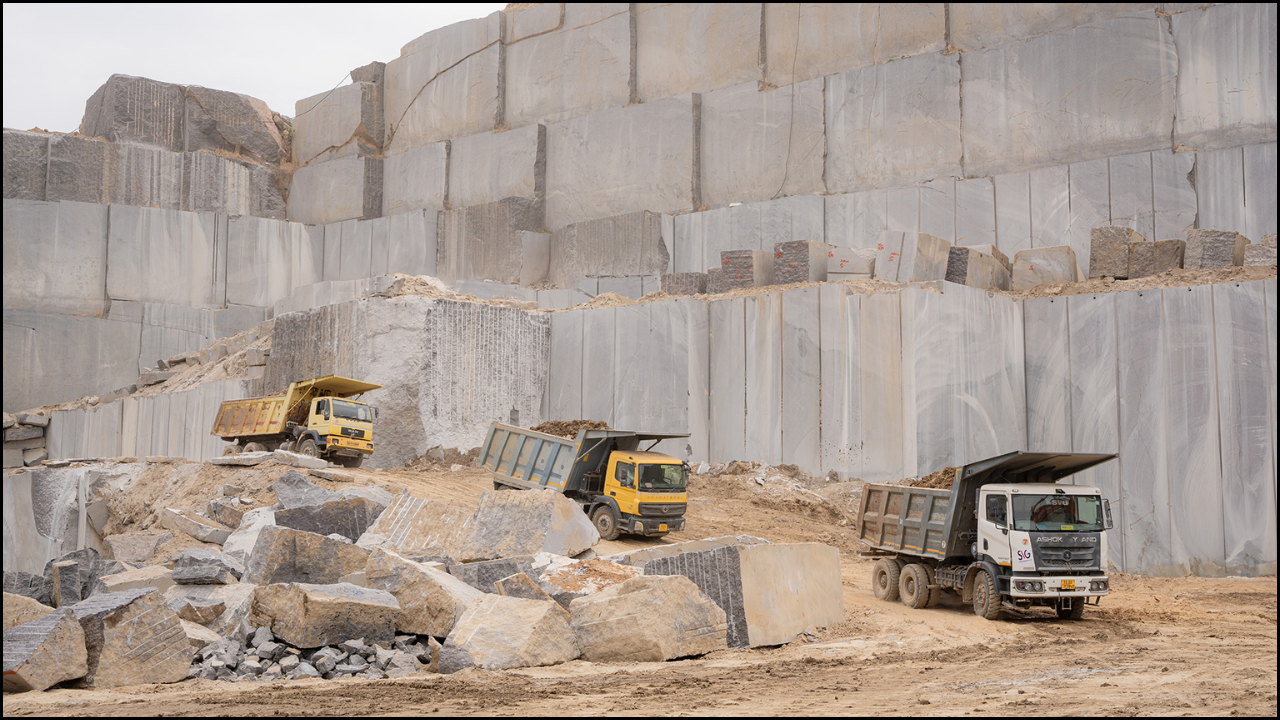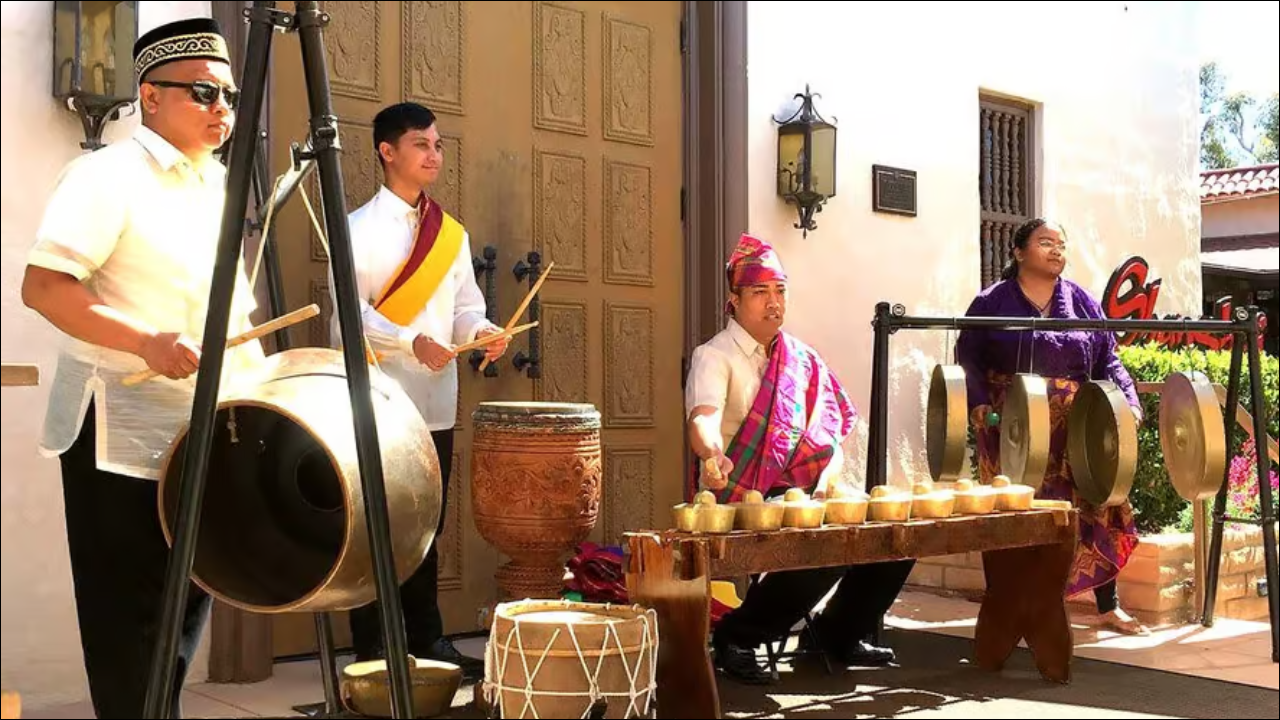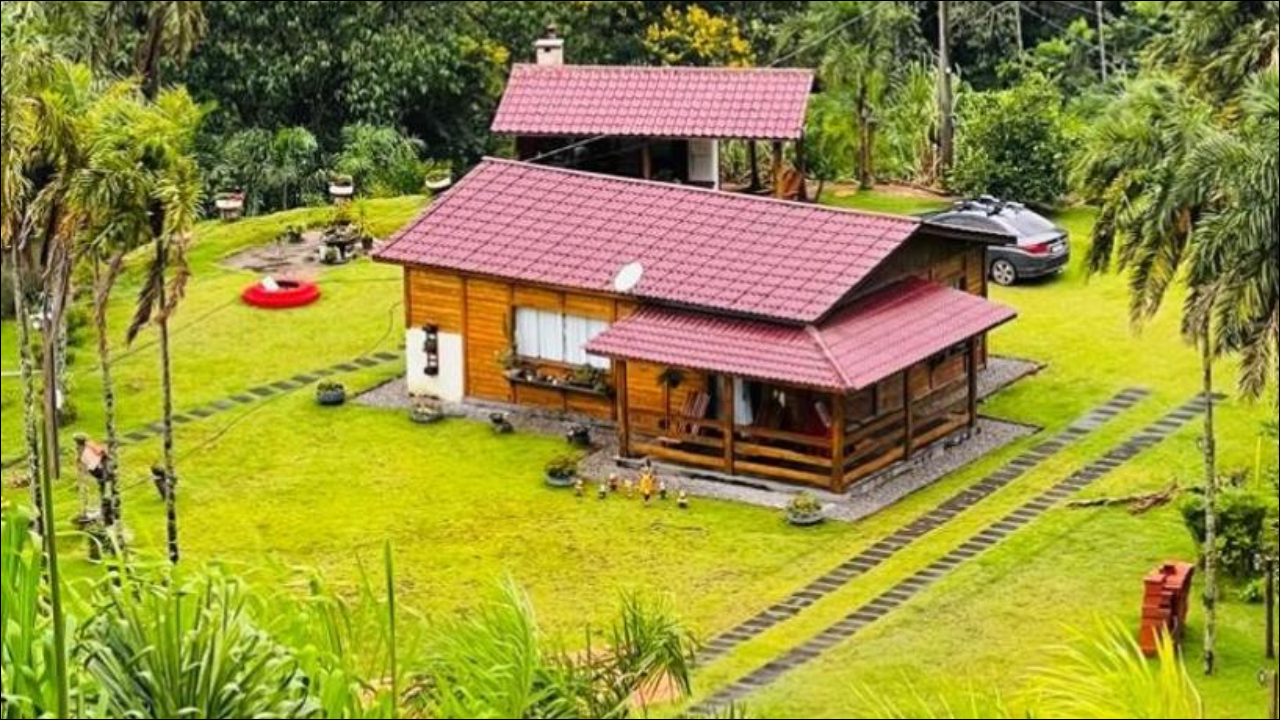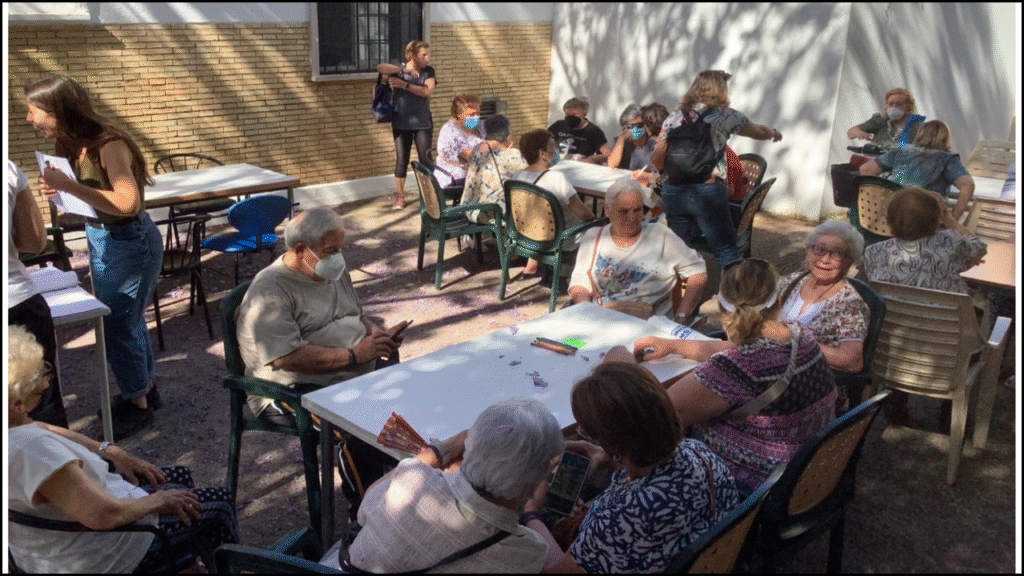
Cachoeiro de Itapemirim, known for its vibrant stone industry and cultural vitality, is also a city shaped by constant movement. Over the decades, people from rural areas and neighboring towns have migrated here in search of better opportunities. This flow of people has transformed not just the city’s economy but also its traditions, language, and community life. As migrants brought their customs and blended them with local ones, Cachoeiro’s neighborhoods became living archives of evolving cultural practices—where old memories meet new realities.
Table of Contents
A City Shaped by Movement
Migration has always been part of Cachoeiro’s story. During the mid-20th century, as the granite and marble industries expanded, many rural families relocated to urban neighborhoods seeking work. They carried with them folk songs, recipes, dialects, and festivals from their villages. Gradually, these traditions mingled with the city’s existing cultural rhythm, creating a distinct identity that reflects both continuity and change.
This movement of people didn’t erase traditions—it reshaped them. Neighborhoods like Gilberto Machado, BNH, and Alto União became centers of mixed cultural expressions, where rural ways of life adapted to city living. Sunday markets, open-air gatherings, and family-run food stalls still echo the customs of the countryside but with a modern urban touch.
Festivals That Bridge Generations
One of the most visible reflections of this cultural blending is found in neighborhood festivals. Many local celebrations, such as processions honoring patron saints or communal music events, trace their roots to migrants’ home villages. Over time, these festivals have absorbed elements from different regions—new rhythms, dishes, and traditions—turning them into symbols of unity.
For instance, a local saint’s day celebration might include both rural-style folk dances and contemporary music. Residents decorate streets with flags, cook traditional stews like moqueca capixaba, and share stories of how their families came to Cachoeiro. These events are not just entertainment—they are acts of remembering and adapting, keeping intangible heritage alive in a changing city.
The Language of the Neighborhoods
Migration has also left a mark on the way people speak. Cachoeiro’s neighborhoods have developed unique slang expressions and speech patterns influenced by migrants from different parts of Espírito Santo and neighboring states. Certain phrases, jokes, and nicknames used in local conversations reveal a blend of linguistic traditions that reflect the city’s diverse roots.
This evolving local language plays a crucial role in identity. Young people often use these expressions as badges of belonging, while elders enjoy recalling older words from their rural past. In this way, everyday speech becomes a living archive of the city’s collective memory.
Food as a Story of Migration
Culinary traditions in Cachoeiro tell another story of movement and adaptation. Migrants brought recipes from their hometowns—such as corn-based dishes, homemade sweets, and seafood stews—and integrated them with local flavors. Over time, family kitchens and small restaurants became spaces where these foodways blended into new traditions.
For example, rural cooking techniques like using wood-fired stoves or sharing large communal meals persist in many neighborhoods. At the same time, city influences have introduced new ingredients and preparation styles. Together, they form a culinary heritage that celebrates both the old and the new.
Stories that Connect Past and Present
Storytelling remains a vital part of Cachoeiro’s intangible heritage. In local bars, plazas, and family gatherings, elders often share tales about their migration journeys, early struggles, and community bonds. These stories help younger generations understand how their neighborhoods were built—not just with stone and mortar, but through shared experiences and resilience.
Many of these narratives mix humor, nostalgia, and wisdom. They serve as reminders that migration is not only about movement but also about adaptation and belonging. Oral storytelling thus continues to weave together the cultural threads that make Cachoeiro’s neighborhoods unique.
Preserving Heritage in a Changing City
While migration has enriched Cachoeiro’s culture, modernization poses challenges. As urban life accelerates, some traditional customs risk fading away. Yet, local associations and community groups are actively working to document oral histories, promote cultural events, and teach young people about their heritage.
By valuing these traditions, Cachoeiro’s residents affirm that heritage is not static—it moves, evolves, and grows with the people who carry it. Migration may change the landscape, but it also ensures that new forms of culture continue to emerge. The city’s strength lies in its ability to balance memory and transformation, creating a shared sense of identity rooted in both history and hope.
FAQs
Q1: How has migration influenced Cachoeiro’s culture?
Migration has blended rural traditions with urban lifestyles, creating new forms of festivals, foodways, and community customs.
Q2: Why are neighborhood festivals important in Cachoeiro?
They act as cultural bridges, preserving old traditions while adapting to the city’s diverse population.
Q3: How can Cachoeiro preserve its intangible heritage?
Through community initiatives, oral history projects, and teaching traditional practices to younger generations.

